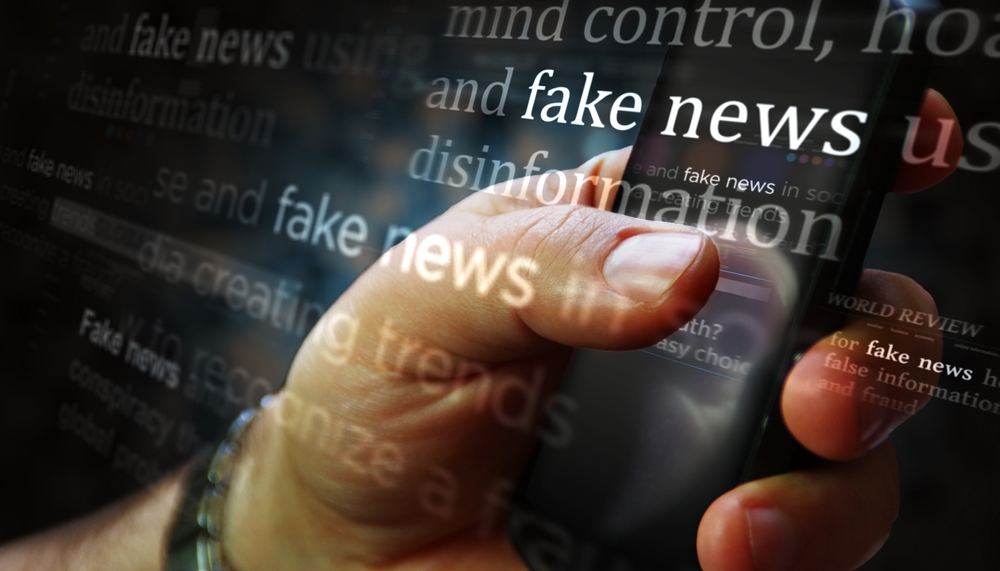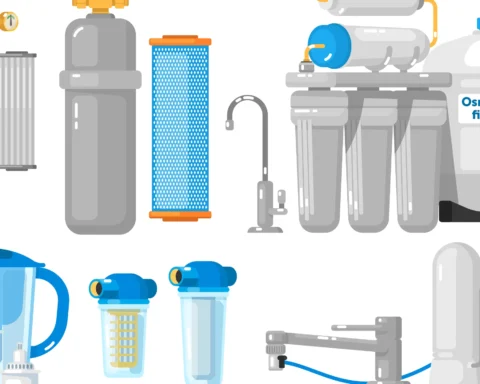In today’s fast-paced digital world, news comes at us from every direction. Whether it’s breaking news about your favorite celebrity or updates on global events, the sheer volume of information can be overwhelming. With the rise of misinformation and fake news, it’s more important than ever to ensure that the news we consume is accurate and reliable. Here’s a guide to help you navigate the news landscape and identify trustworthy reporting.
Evaluating News Sources
When it comes to news, reputation matters. Established news organizations like The New York Times, BBC, and Reuters have long histories of accurate reporting. These institutions have built their reputations by adhering to rigorous editorial standards, making them reliable sources of information.
Trustworthy news sources are transparent about their editorial processes and are quick to issue corrections when mistakes occur. This transparency and accountability are key indicators of a reliable news outlet. Reliable sources adhere to strict journalistic standards, including thorough fact-checking, and gaining information from multiple credible sources. They avoid sensationalism and present balanced, objective reporting. Stories that rely heavily on anonymous sources should be approached with caution
A news organization’s independence from political, corporate, or other external influences is crucial. Independent journalism is less likely to be biased and more likely to provide balanced and objective reporting.
Some outlets are open and explicit about being a voice for a particular political outlook or party or catering to a particular audience – think about how this affects both what they cover and how they cover it. Others also carry a consistent bias but are less explicit about doing so. Be aware of potential biases in the reporting. Understand the difference between opinion pieces and factual reporting to avoid conflating the two.
Verifying Individual News Stories
Ensure the story is current. Sometimes old news is recirculated, causing confusion and misunderstanding; especially online as search algorithms can cause old stories to suddenly ‘reappear’ in results when similar events occur.
One of the best ways to verify news is to see if multiple reputable sources report the same story. Consistency across independent outlets increases the credibility of the information. Try to make sure that these multiple outlets are actually independently reporting the story and not all basing their coverage on the same original source or just reporting the coverage in other media.
Trace the information back to its original source. Be cautious of second-hand reports and strive to find the initial report or statement for accuracy. Look for concrete evidence supporting the story, such as documents, direct quotes, and data. If a story references a statement try and find the statement directly from the source. If it references a scientific or academic study, try and find that document (or at least a summary of it) from the institution responsible.
Be sceptical of articles with emotionally charged language or those designed to provoke strong emotional reactions. Objective reporting usually avoids such language, aiming instead for clarity and neutrality.
Always ask critical questions: Who is the author? What is the purpose of the article? Who is the intended audience? Are there evident biases? This questioning approach helps in evaluating the news’s validity.
Platforms like Snopes, FactCheck.org, and PolitiFact are dedicated to verifying controversial or suspicious claims. These sites can be invaluable in confirming the authenticity of a story. Use Google Reverse Image Search to verify the authenticity of photos and videos. This tool can check if media has been used before or taken out of context. Extensions like NewsGuard rate news websites based on their credibility and transparency, offering an additional layer of scrutiny.
Conclusion
By applying these practices, you can become more adept at discerning trustworthy news sources and verifying the accuracy of the information you consume. These skills are invaluable letting you cut through misinformation like router bits cut through wood. So the next time you come across a sensational headline or breaking news alert, take a moment to verify the source and the facts before sharing it with others. Your diligence will contribute to a better-informed community and a healthier media environment.
Keep an eye for more news & updates on EssentialTribune.com!








